Overtourism Index













Our index has been thought of as the starting point to a factual and solution-oriented approach to overtourism realities across the globe
Over-tourism Index objectives
Over-tourism:
Definition & impacts

« Impact of tourism on a destination, or parts thereof, that excessively influences perceived quality of life of citizens and/or quality of visitor experiences in a negative way"
Limits and (potential) next steps
Adopt a data-driven approach to assess the phenomena, usually apprehended through international travelers’ perception and targeted outstanding examples
Main impacts of excessive affluence:
• Damaged ecosystems: fragile environment, wildlife, etc.
• Deteriorated quality of life for locals: crowds, soaring prices, tensions on accommodation, etc.
• Depreciated visitor experience

IDENTIFY the various types of over-tourism, that must be apprehended differently as the phenomena covers highly diverging realities across geographies
Make the sector aware of its responsibilities to come up with and implement destination-centric solutions to overcome over-tourism; and contribute to trigger the reflection
• Current index
– Current index is calculated at countrylevel; while over-tourism should also be apprehended at a more granular level
– Calculation methodology (see detailed page) might under- or overstate overtourism in countries with very specific points of interest (depending on country size and population)
• Next steps
– Extend the index to a more granular level –which would require a new methodology proper definition of comparable destinations (notably catchment area size): regions, points of interests, cities, …


Scope
70 destinations covered
• Top 100 countries in 2019 international tourist arrivals
• Excluding specific cases (all out of Top 40), e.g.
– Geopolitical conflicts
– Missing / unreliable data
– Difficult to isolate international tourists flow (vs. transit or int. workers)
• Isolating specific destinations (namely Bali, Hawaii), due to:
– Highly diverging over-tourism exposure vs. country average
– Sufficient volume of international tourists
– Sufficient surface (i.e. no specific city / touristic site)
• Next step: refine geographical granularity by touristic point of interest (city, regions, …)
•
• UNWTO
• Euromonitor (from national statistics)
World Bank
• National statistics
• Composite index based on cross-studies analyses [Roland Berger x Evaneos]


A sample of 70 of the world's top 100 tourist destinations was selected for the study, including both countries and specific areas within countries
Methodology overview – Selected destinations




















Argentina




Bahamas
Bali (Indonesia)
Belgium Brazil
Bulgaria
Cabo Verde










Costa




































United
Uruguay
Uzbekistan
Vietnam


Sample: 70 countries

































B Looking forward: potential solutions to cope with over-tourism
Various solutions already exist or can be implemented to address over-tourism, mainly by re-
balancing demand, driving transformation & implementing capacity constraints
Potential solutions to over-tourism – Overview
Promote shoulder seasons Promote new Points of Interest at destination
Example(s)

• Creation of off-season itineraries
– Fall and winter in Greece
– Summer in Finland
• Promotion of off-peak activities (different times of the day)
Support local players in their sustainable knowledge and actions
Most relevant for…
potentially relevant for…
Implement quotas and/or permits
Impose taxes


Promotion of unsolicited destinations (region, city) instead of capitals/beach
• Focus on slow travel, with low carbon impact:
– Activities (hiking, biking)
– Accessibility (close, train)
• Fostering of longer stays outside crowded PoIs (rather than city breaks)
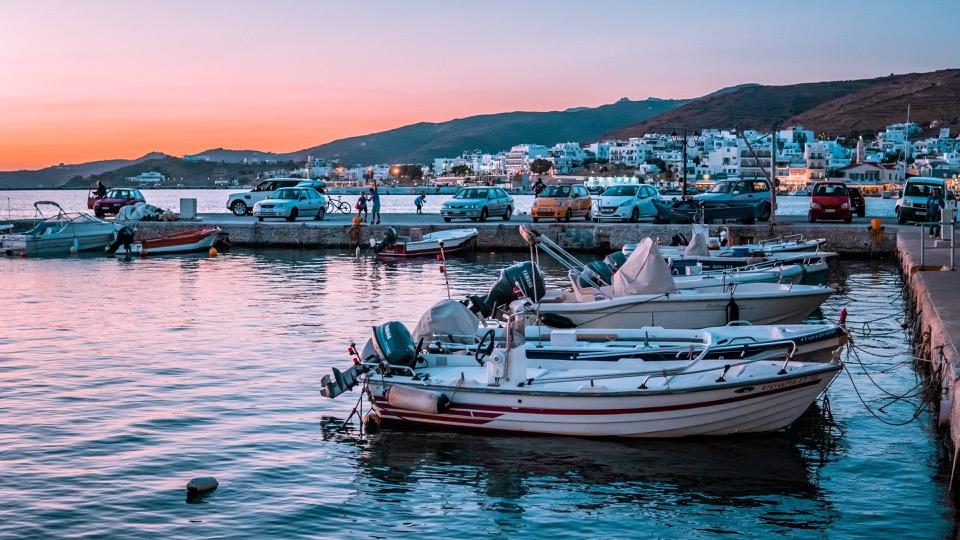
• Partnerships with local suppliers/agencies fostering responsible travel experiences
• Providing of guidelines, training & workshops to support them in their transformation and offer creation
• Align with & support local agencies to promote alternative and off-season tourism

• Limited (sea) arrivals
– Dubrovnik (Croatia)
• Capped daily visitors in several points of interest:
– Machu Pichu (Peru)
– Maya Bay (Thailand)
– Cassis Calanques (Fra)
• Capped infrastructures /daily visitors

• Mount Fuji: 12€ /visitor
• Bhutan: 100€ /night


Rebalance demand: Evaneos contributes to creating new POIs by promoting lesser-known destinations, focusing on low-carbon activities, and encouraging longer stays
Promotion of unsolicited destinations Focus on slow travel
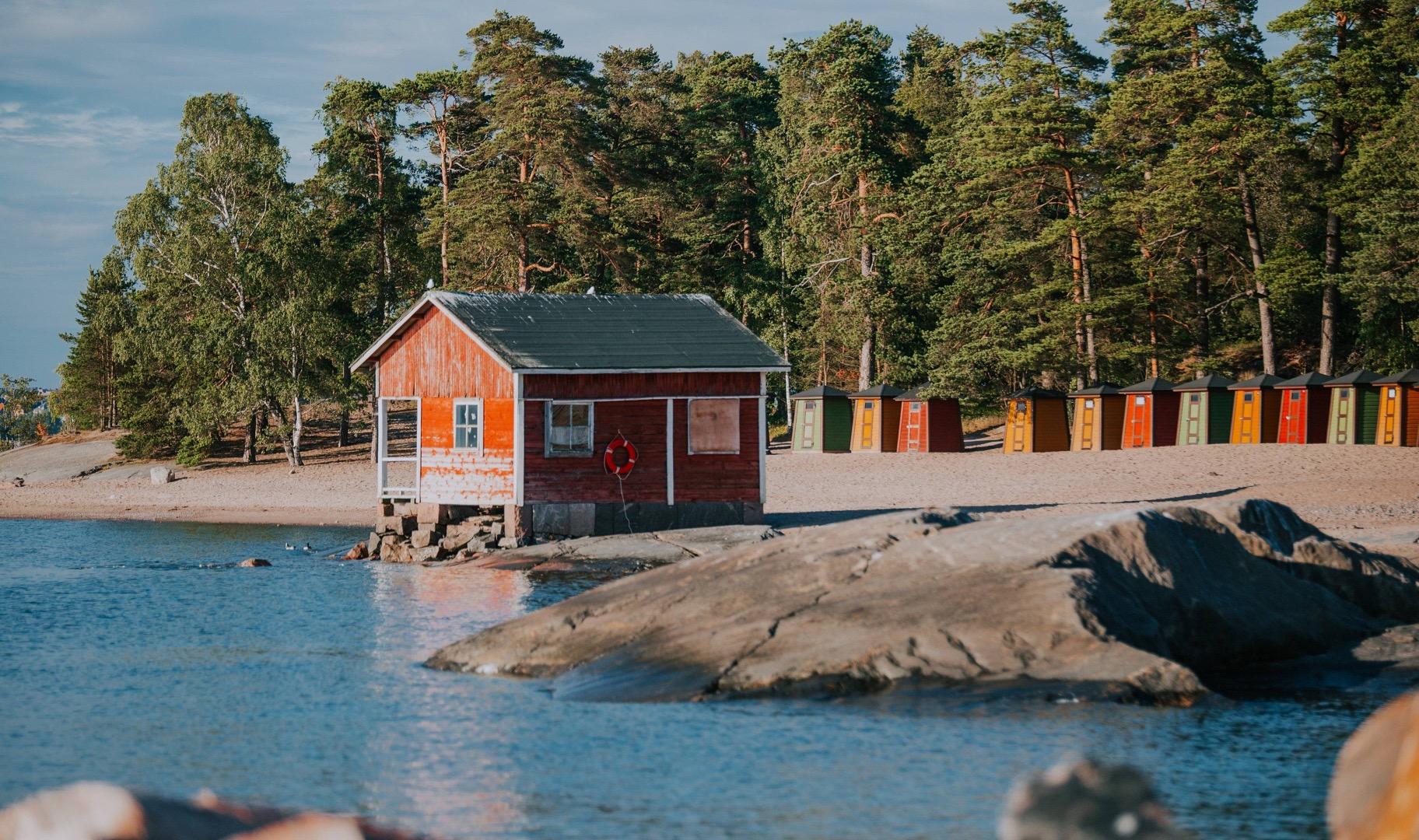
regions and countries :
• France: Dordogne, Finistère, Charente
• Italy: Abruzzo, Cilento, Basilicata
• Finland: the Southern region (Lakelands, coastline) during the summer instead of the Lapland Region in winter
• Wales
• Albania
• Uzbekistan

carbon impact :
– Hiking (e.g., coastline of Pembrokeshire National Park in Wales)
– Biking (e.g., Tyrol in Austria)
– Train journeys (e.g., Great Baltic Sea tour)
• Creation of itineraries for nearby destinations (Wales and England), or accessible by train (Austria for the French and German markets)
Fostering of longer stays rather than city breaks
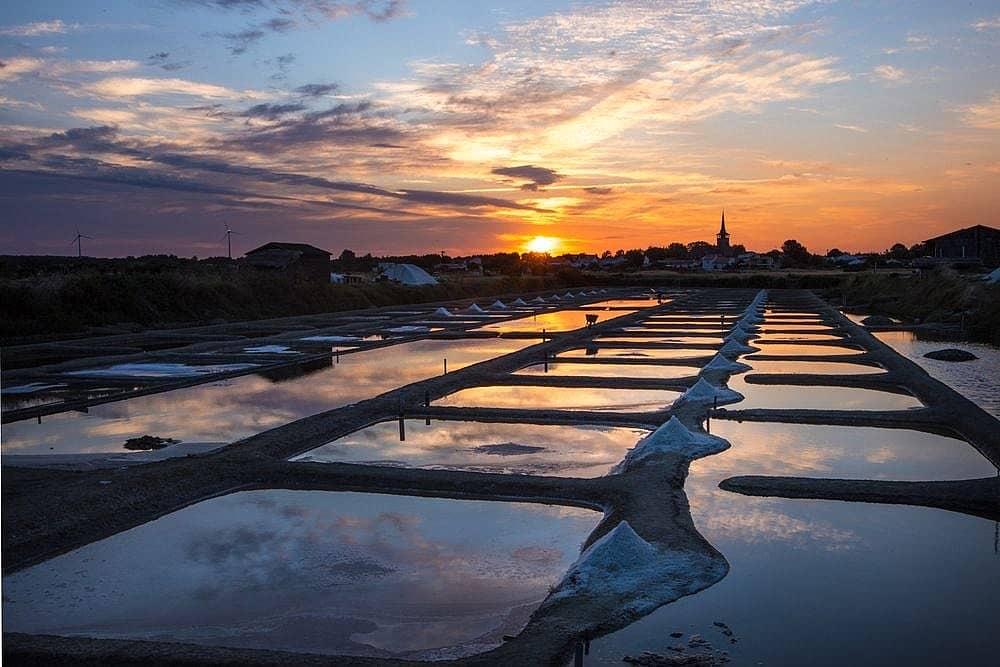
• Discovery auto tour in Austria
• Green escape in the Baltic States (Lithuania, Latvia, Estonia)
• Road trip in the Balkans (Bulgaria and Macedonia)


Seasonality in Greece – Case study
Creation of itineraries in winter and fall
"Continental Greece winter trip"

• Visit of Nafplio, first picturesque capital of independent Greece
• Exploration of Epidaurus & Mycenae with their UNESCO-listed archaeological treasures
"Journey
into Greek winter warmth"

• Discovery of Athens and Crete's archaeological sites and cities
• Visit of historic Venetian centers of Chania and Rethymnon
Promotion of Continental Greece (Peloponnese) or Northern Greece instead of Cyclades
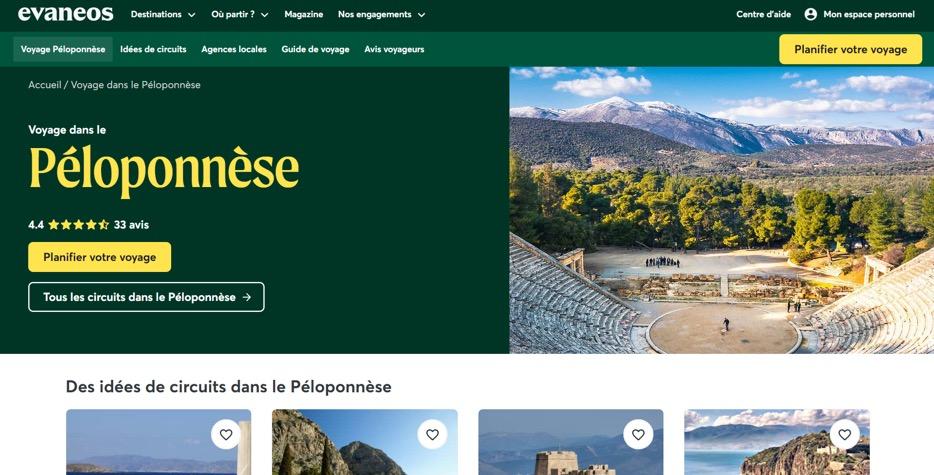

"Autumn
landscape between Athens and Santorini"

• Visit of Athens and its museums in the peaceful autumn
• Hiking between Fira and Oia (Santorini) for spectacular views
Dedicated region page with various itineraries:
• ~20 itineraries in Continental Greece
– Multi-activity tours: mythological tour, night walk, hiking, climbing, kayaking etc.
– Out-of-the-ordinary tours: olive oil tasting, agro-tourism experience, cooking classes etc.
• ~10 itineraries in Northern Greece including;
– Sea and mountains tours
– Hiking tours: mount Olympus, perched monasteries in Meteora, gorges of Zagori etc.


Support local players – Selection of examples
Partnering with local players (agencies, DMOs, DMCs) to help them adapt their offering
Examples

Partnership with Planeterra to support community tourism experiences and connect them to agency partners, fostering authentic and responsible travel through integration within Evaneos itineraries around the world.

Partnership with England Originals to adapt train circuits for the French market, with Evaneos’ partner agency High Point Holidays
Providing of guidelines, training & workshops to help them in their transformation

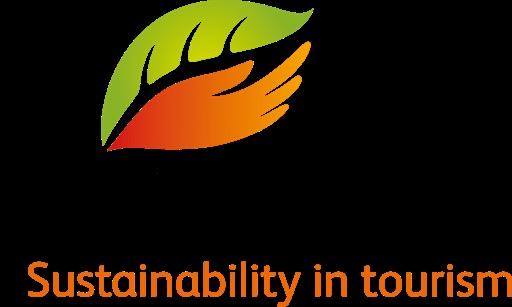
Workshop in Jordan with agencies, inviting Wild Jordan nature positive and community tourism activities to share their catalogue
On-site Workshop in Bangkok with our Partner Travelife for 50+ Evaneos partner agencies in Southeast Asia to learn about responsible supplier selection, development and community-based tourism.










• High volumes of int. tourists (Ø 11 m p.a.) over small territories (Ø ~86,000 km²), with limited to very limited efforts on sustainability
• Diverging seasonal concentration: from medium (Caribbean, Asia) to very high (Europe)
• Clear economic dependency to Tourism *High score indicates low maturity























Sample: 70 countries
Potential solutions: Illustrative measures vs. over-tourism

Promote new points of interest, e.g.
• Less-visited regions (mountain, countryside):
– France: Dordogne, Finistère, Charente
– Italy: Abruzzo, Cilento, Basilicata
• Foster longer stays outside crowded PoIs: Loire Atlantique (France)








• Very high volume of int. tourists (Ø 1.6 per inhabitant) in mid-sized territories (Ø ~200 tourists / km²), with well engaged efforts on sustainable tourism
• High to very high seasonal concentration in all countries, notably due to European seasonality
Country list




score indicates low maturity

Promote shoulder seasons, notably spring and fall

Implement quotas with capped daily visits in Cassis Calanques (France)









Sample: 70 countries
Potential solutions: Illustrative measures vs. over-tourism

Fostering of longer stays outside crowded POIs (rather than city breaks)
• Rotterdam instead of Amsterdam
• Coastal routes instead of Dublin
• Bristol and Cornwall instead of London




• High concentration in small territories (Ø 192 tourists /km²), notably specific points of interest, with well engaged efforts on sustainable tourism
• High to very high seasonal concentration in all countries, notably due to European seasonality




list














• Focus on low-carbon
– Activities:
- Hiking in England
- Biking in Austria
- Train journey around the Great Baltic sea
– Accessibilities (e.g., destinations in Austria accessible by train)

Implement quotas with capped daily visits















• Diverging realities but overall acceptable density, with several points of interest particularity exposed in most countries
• Balanced seasonality [23-28%] of int. tourists across quarters, apart from selected examples (up to 41% in Q3)
• Still limited efforts on sustainable tourism
























Potential solutions: Illustrative measures vs. over-tourism

Support local players by providing of guidelines, training & workshops to help them in their transformation (e.g., workshop in Jordan inviting Wild Jordan)

Promote new points of interest, e.g.
• Oaxaca in Mexico
• High Atlas in Morocco
• Karnataka in India


Preserved destinations
Sample: 70 countries
Potential solutions: Illustrative measures vs. over-tourism

Support local players, by providing workshops to help them in their transformation such as "Connection Days" gathering 10+ Evaneos agency partners in Peru in June 2024

Implement quotas with capped daily visits in Machu Pichu (Peru)








• Very limited density due to large territories with various points of interests
• Balanced seasonality [24-28%] of int. tourists across quarters, apart from selected examples notably in Europe (up to 41% in Q3)
• Diverging sustainability maturity across countries (engaged to limited)
NB : some POIs such as Machu Pichu in Peru face overtourism situations that need to be addressed locally.































Impose taxes such as for Mont Fuji (Japan), reaching 12€ / visitor





